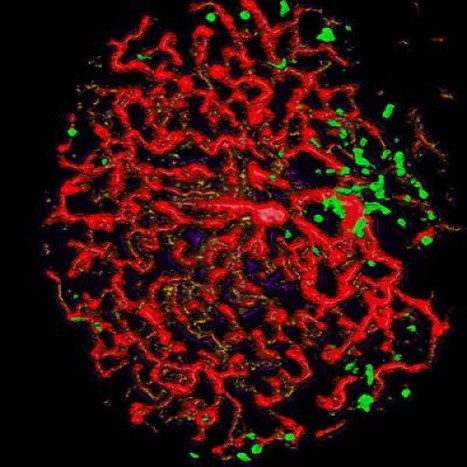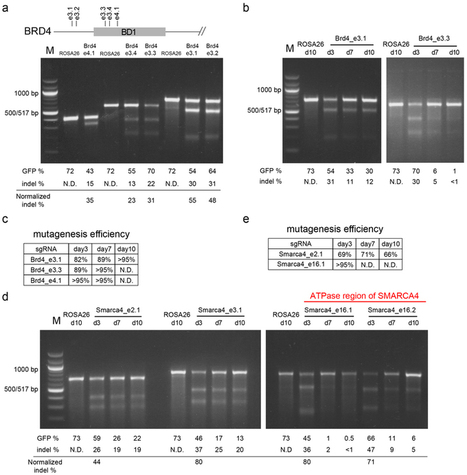In vivo CRISPR genome-wide screening pinpoints the transcriptional modulator CITED2 as a pivotal driver in the progression of prostate cancer to bone metastasis.
Research and publish the best content.
Get Started for FREE
Sign up with Facebook Sign up with X
I don't have a Facebook or a X account
Already have an account: Login
 Your new post is loading... Your new post is loading...
 Your new post is loading... Your new post is loading...
|
|
























In vivo screening of the CRISPR genome identifies the transcriptional modulator CITED2 as an essential factor in the progression of prostate cancer to bone metastases. The discovery not only improves understanding of the molecular basis of the disease, but also opens up new avenues for targeted therapies, potentially revolutionizing treatment paradigms for patients battling advanced prostate cancer. The study meticulously engineered non-metastatic human prostate cancer cell lines to activate or inhibit gene expression using CRISPRa or CRISPRi technology. Modified cancer cells were then implanted into the prostate of nude mice, and following tumor development and emergence of metastases, primary and metastatic tumors were harvested for analysis. In vivo CRISPR screening identified CITED2 as an important promoter of bone metastasis, standing out among various genes for its substantial impact. Subsequent functional validation experiments, including innovative organ-on-a-chip assays, reinforced CITED2's role in promoting bone invasion, highlighting its potential as a therapeutic target. The research also looked at CITED2-driven transcriptional profiles, revealing distinct patterns of primary and metastatic cancer, which could inform the development of precision medicine approaches.